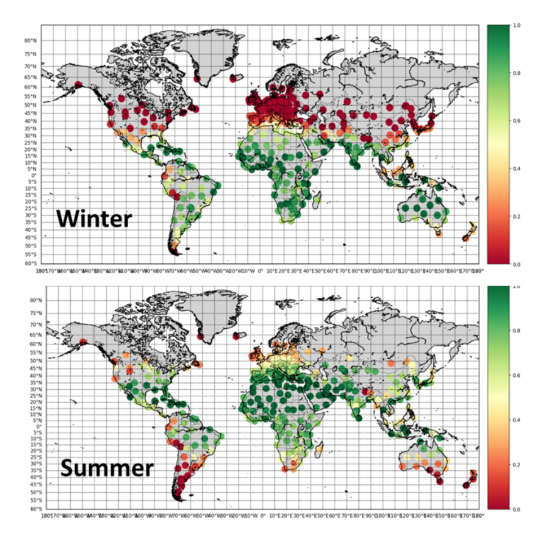After several meetings, an agreement was achieved about the major bottlenecks and challenges to improve this sector. Two major activities are being developed: (i) to enlarge the collaboration between major actors such as academia and industry both in sharing knowledge and facilities, (ii) to enlarge the dissemination of current knowledge and potential through training and transference activities.
One of the main activities being performed is the preparation of a dossier to amend the use of safe cyanobacteria in agriculture. In the last regulation about fertilising products (EU 2019/1009 of June 5th, 2019) a detailed list of Product Function Categories (PFCs) of EU fertilising products has been defined. This list includes PC6 considering plant biostimulants, both of microbial and non-microbial origins. Among the accepted Component Material Categories (CMC) are mushrooms and algae but exclude blue-green algae (cyanobacteria).
Currently, the EU4Algae WG6 is collecting already published relevant information on the use of Cyanobacteria as a biostimulant which can be included in a dossier, detailing the strains, and references & data to bring to the attention of the EU Commission to support regulation adjustments.
Another relevant activity is the preparation of a simulation tool to analyse the potential of microalgae biomass production around the world.
Stay tuned for other ongoing activities that will be announced in the coming weeks.
Additional information
We are open to receiving feedback and/or suggestions you might have, whether related to the newsletter, the EU4Algae Forum online or the project itself. To contact us, please use the following email: contact eu4algae [dot] eu (contact[at]eu4algae[dot]eu).
eu4algae [dot] eu (contact[at]eu4algae[dot]eu).
Details
- Publication date
- 14 December 2023
- Author
- Directorate-General for Maritime Affairs and Fisheries

